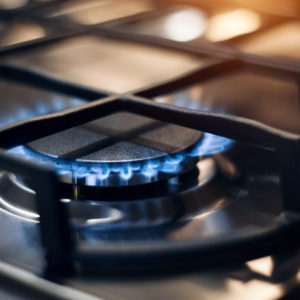Propane demand is on the upswing as the United States takes on a stronger role in the global export market. With no shortage of supply in sight, American propane exports are increasing, with China and India projected as top consumers.
Domestically, the retail propane market has been steady, though a dominant export market means higher prices for local propane companies.
In the first half of 2020, U.S. propane exports rose to 1.2 million barrels per day, an increase from 2019, according to LP Gas magazine.
According to JD Buss, a trading and risk management expert at Twin Feathers Consulting, the slower domestic demand has opened the way for an expanding export market.
“On the supply side, from the mid-2000s onward, there has been a large increase in the production of propane,” Buss said.
“The firms that were producing had to identify some place to sell their product, and there are multiple locations throughout the globe that will consume propane for petrochemical consumption for other regional consumption. The fastest growing markets for that have been China and India,” Buss said.
Buss explained that the export market has driven up the prices for propane, which may result in future difficulties for smaller propane companies looking to secure supply. “[Supply] is still available. It’s just a matter of does this retail market really want to pay what is necessary to secure it,” Buss stated.
A representative of the Pennsylvania Independent Oil and Gas Association reported that their members are currently not experiencing any supply issues.
“At this time, there is more than enough product in the United States to satisfy our customer demand,” said Lesley Brown Garland, vice president of State Affairs at the National Propane Gas Association “There are, however, limits on the safe transportation of propane from supply points as well as limits on pipeline capacity.”
An Energy Transfer representative told the Delaware Valley Journal that they have not experienced any supply issues. To prepare for future supply problems, they are currently completing construction of the Mariner East 2 and 2X pipelines.
“[This] will allow us to transport more NGLs out of the Marcellus Shale producing region and deliver them to our Marcus Hook facility,” said Amanda Gorgueiro.
However, Buss said the Mariner East pipelines pump a tremendous amount of product through Pennsylvania, but the state does not reap the benefits, as much of it goes directly to the export market.
According to Gorgueiro, “What does go overseas comes back to supplement the American economy and support our everyday way of life.” In addition, the company recently announced it’s converting some existing pipeline to bring more refined products to domestic markets.
Buss suggests smaller retail propane companies make investments now to assure their stock later as the export market continues to increase. Buss recommends companies expand their transportation and storage assets if possible or take on a consulting group like Twin Feathers for guidance.
“It doesn’t look like exports will ever be going away and they’re going to continue to be the main demand component for propane,” Buss concluded.

